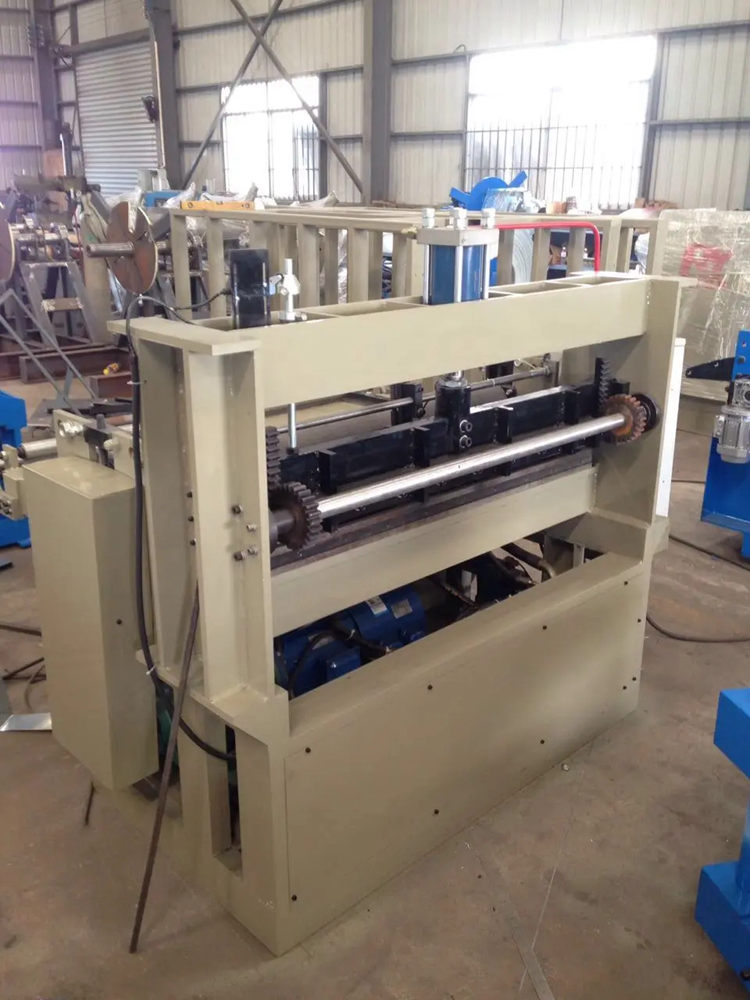The Evolution and Importance of Cold Roll Forming Machinery
Cold roll forming machinery is a vital component in the manufacturing industry, revolutionizing the way metal components are produced. This innovative process involves shaping metal sheets or strips into desired profiles at room temperature, resulting in high-precision products with excellent surface finishes. The evolution of cold roll forming technology has significantly enhanced productivity, efficiency, and product quality.
One of the key advantages of cold roll forming is its ability to produce complex shapes with minimal waste. Traditional metalworking methods, such as cutting or milling, often result in excess material that must be discarded. In contrast, cold roll forming utilizes continuous strips of metal, allowing manufacturers to create intricate designs while maximizing material usage. This not only reduces costs but also aligns with modern sustainability practices, making it an environmentally friendly choice.
Another benefit of cold roll forming machinery is its capability to handle a wide range of materials. From mild steel to high-strength alloys, the machinery can process various metals, accommodating the diverse needs of different industries. This versatility makes cold roll forming an attractive option for sectors such as automotive, construction, and appliance manufacturing, where specific material properties are crucial for performance and safety.

The machinery itself has evolved significantly over the years. Modern cold roll forming systems are equipped with advanced technologies, such as computer numerical control (CNC), allowing for precise control of the forming process. CNC technology enhances the repeatability and accuracy of production, reducing the likelihood of defects and ensuring that each component meets strict specifications. Furthermore, automation features can streamline operations, reducing labor costs and increasing production speed.
Another trend in cold roll forming machinery is the integration of Industry 4.0 concepts. Smart manufacturing technologies, such as IoT sensors and data analytics, are being incorporated to monitor machine performance in real-time. This data-driven approach enables manufacturers to optimize their processes, predict maintenance needs, and enhance overall operational efficiency. By harnessing the power of technology, companies can stay competitive in a rapidly evolving marketplace.
In conclusion, cold roll forming machinery plays a critical role in modern manufacturing, offering numerous benefits that drive efficiency, quality, and sustainability. As technology advances, the capabilities of cold roll forming systems continue to expand, paving the way for innovative solutions across various industries. Manufacturers that invest in this technology are well-positioned to adapt to changing demands and maintain a competitive edge in the marketplace. As the industry evolves, the future of cold roll forming looks brighter than ever, with endless possibilities for growth and innovation.